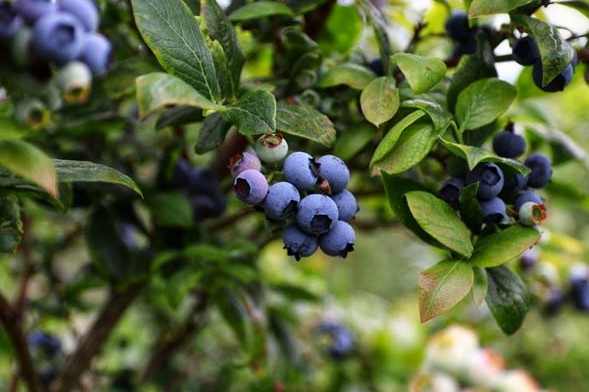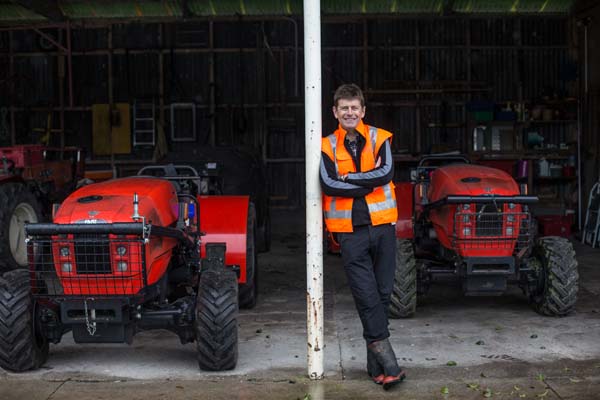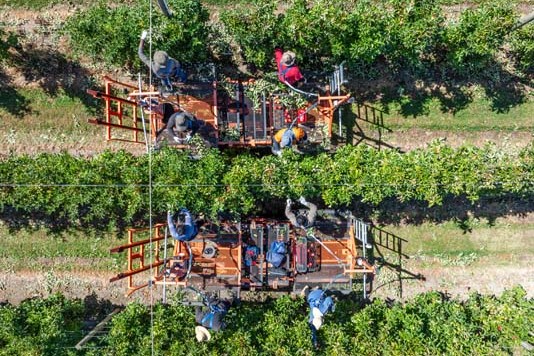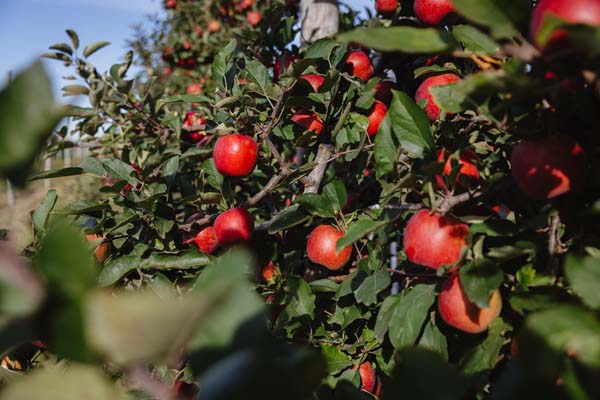By Anne Hardie
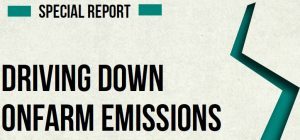 Semen from methane-efficient bulls may be available by 2026 to give farmers another tool to reduce their farm emissions.
Semen from methane-efficient bulls may be available by 2026 to give farmers another tool to reduce their farm emissions.
By then, greenhouse gases (GHG) may be incorporated into an animal’s breeding worth (BW) and farmers will be able to make choices for breeding a more climate-friendly cow that fits their production criteria.
Research to identify a possible genetic link between a bulls’ genetics and the amount of methane they produce is being undertaken by artificial breeding companies LIC and CRV with funding from the New Zealand Agricultural Greenhouse Gas Research Centre. It has been running for two years and now involves 300 young bulls housed in a barn so their feed intake can be measured, followed by methane measured through a machine attached to a feeding station. That shows how much methane is emitted from each young bull per kilogram of drymatter eaten. LIC chief scientist Richard Spelman says the breeding value for methane is now being calculated for each bull which will identify which bulls are most efficient when it comes to methane emissions and those that are least efficient.
The next step is making sure the results from growing young bulls holds up in a lactating cow. To do that, the research will use semen from the 10 most methane-efficient bulls and the 10 least-efficient bulls in cows on a dairy farm. Female progeny from that breeding will be farmed in the same environment to get comparable figures and at 12 months of age will be measured for methane emissions. A subset will then be measured the following year when they are lactating.
That will show whether the genetic approach of using a young bull for methane efficiency is genetically correlated to cows and if it is, farmers will potentially be able to use methane-efficient semen.
Dr Spelman says they know from the sheep industry that the heritability for methane efficiency is about 25-30% which is high when you consider the heritability for fertility is less than 5%. If dairy cattle have a similar heritability for methane efficiency as sheep, he says, they would have a sizeable amount of genetic control over methane. The question at this stage is whether they are measuring it in the right gender and that will be revealed as they begin measuring females. It is also a balancing act with other genetic traits such as milk production and fertility. Farmers are interested in the research as a way to add another practical option for them to reduce their farm emissions. He stresses it is a long-term solution for the industry though, even if it is available in 2026.
“We are making it very clear it is an option that won’t deliver for 2030. It’s more what could eventuate for 2050.”
The research programme has had to work around Covid-19 in the past couple of years, including the logistics of getting special pellets from Australia. Plus, Dr Spelman says some aspects of the research haven’t been as straightforward as expected. While the machinery from the United States has worked well capturing the breath of the bulls to measure their methane emissions, there is a degree of error measuring the feed intake.
Bulls in the research help themselves to feeds through the day of lucerne hay cubes in feed bins which measures how much each bull eats. The bulls are then enticed by a small feed of pellets at the Greenfeed machine which measures their methane emissions. The pellets keep them at the machine for three to five minutes which is enough time to get a methane measurement as a ruminant animal burps every minute or two. While their feed and environment is quite different to the average New Zealand dairy farm, Dr Spelman says they think it is a good proxy for pasture-fed animals.
Similar research is being undertaken overseas including Ireland which is measuring methane emissions in a similar fashion on dairy-beef animals. Australian and Canadian researchers are also carrying out research and Dr Spelman says they are all sharing data to find solutions.


